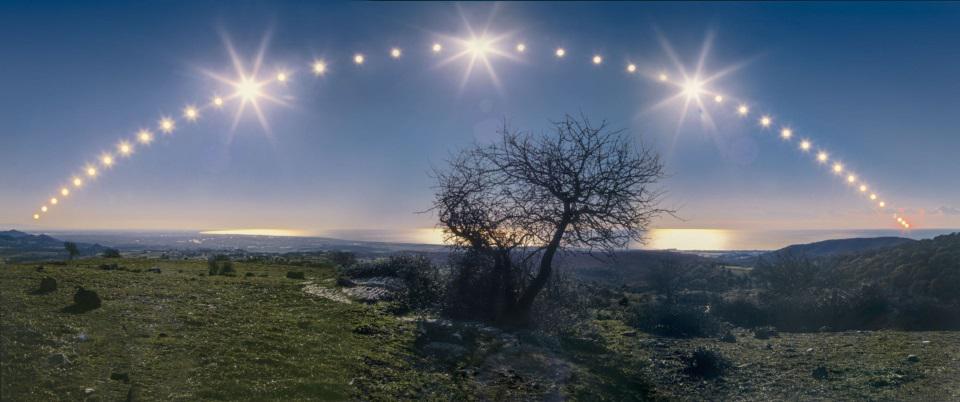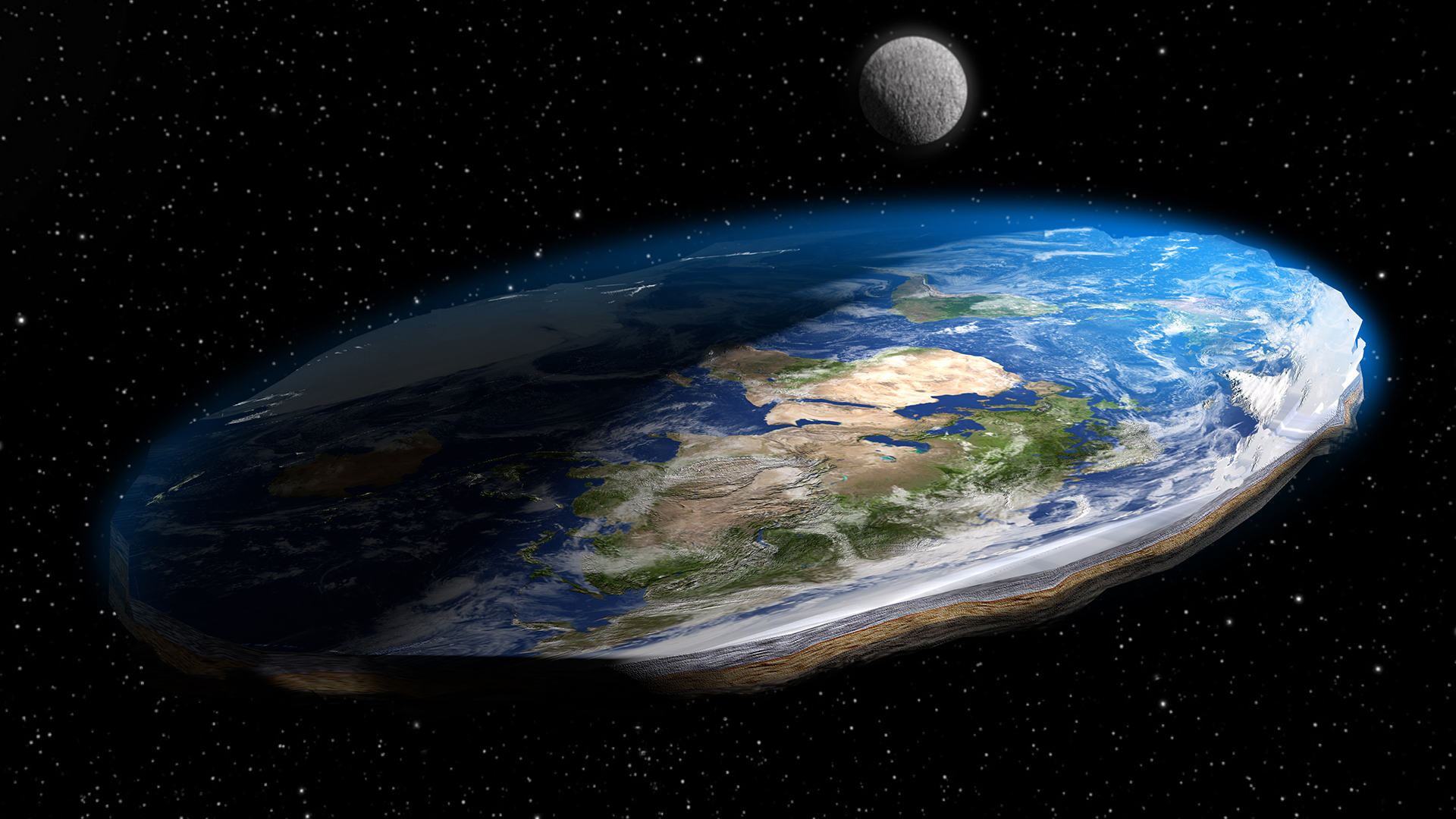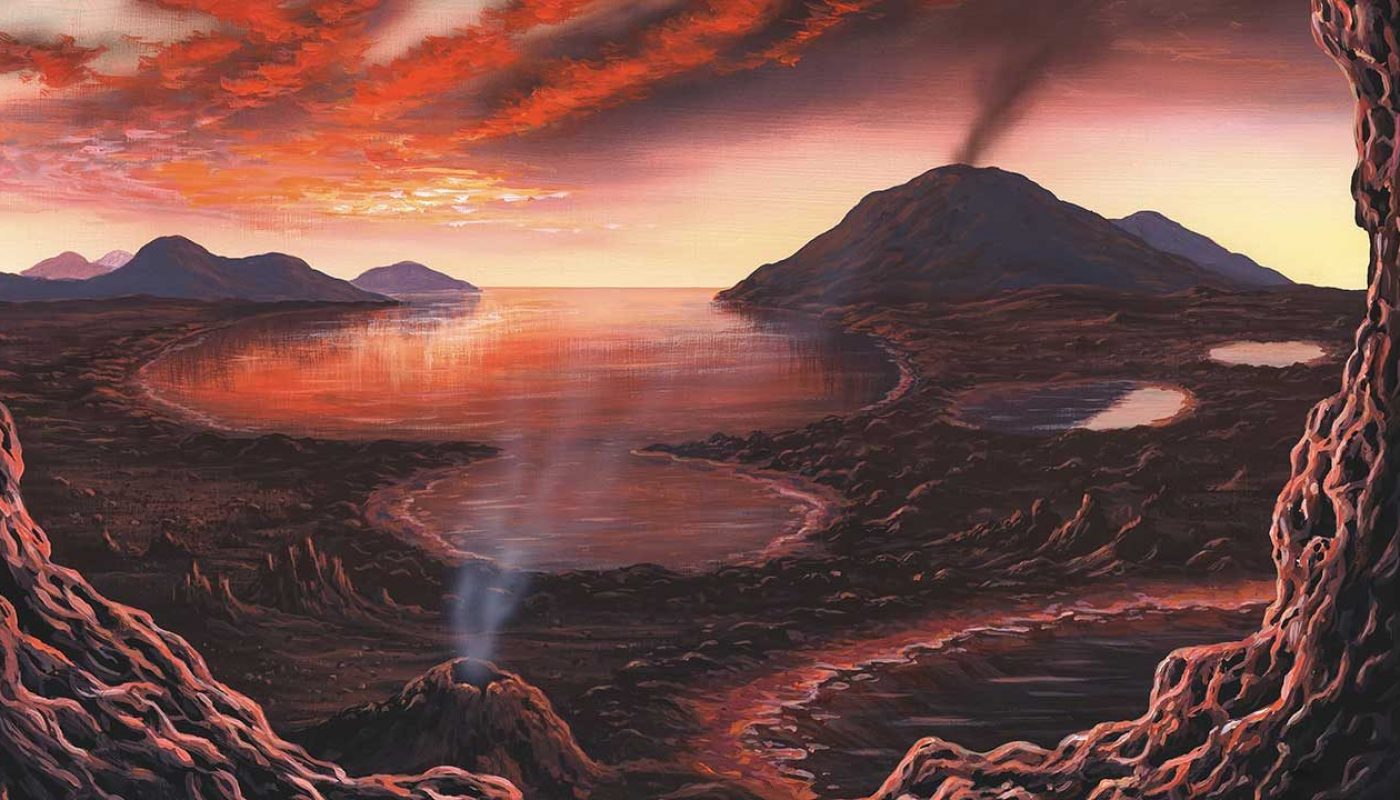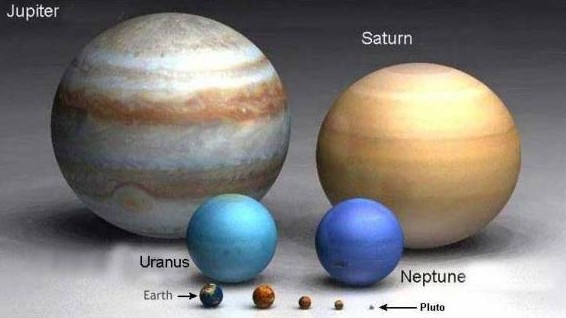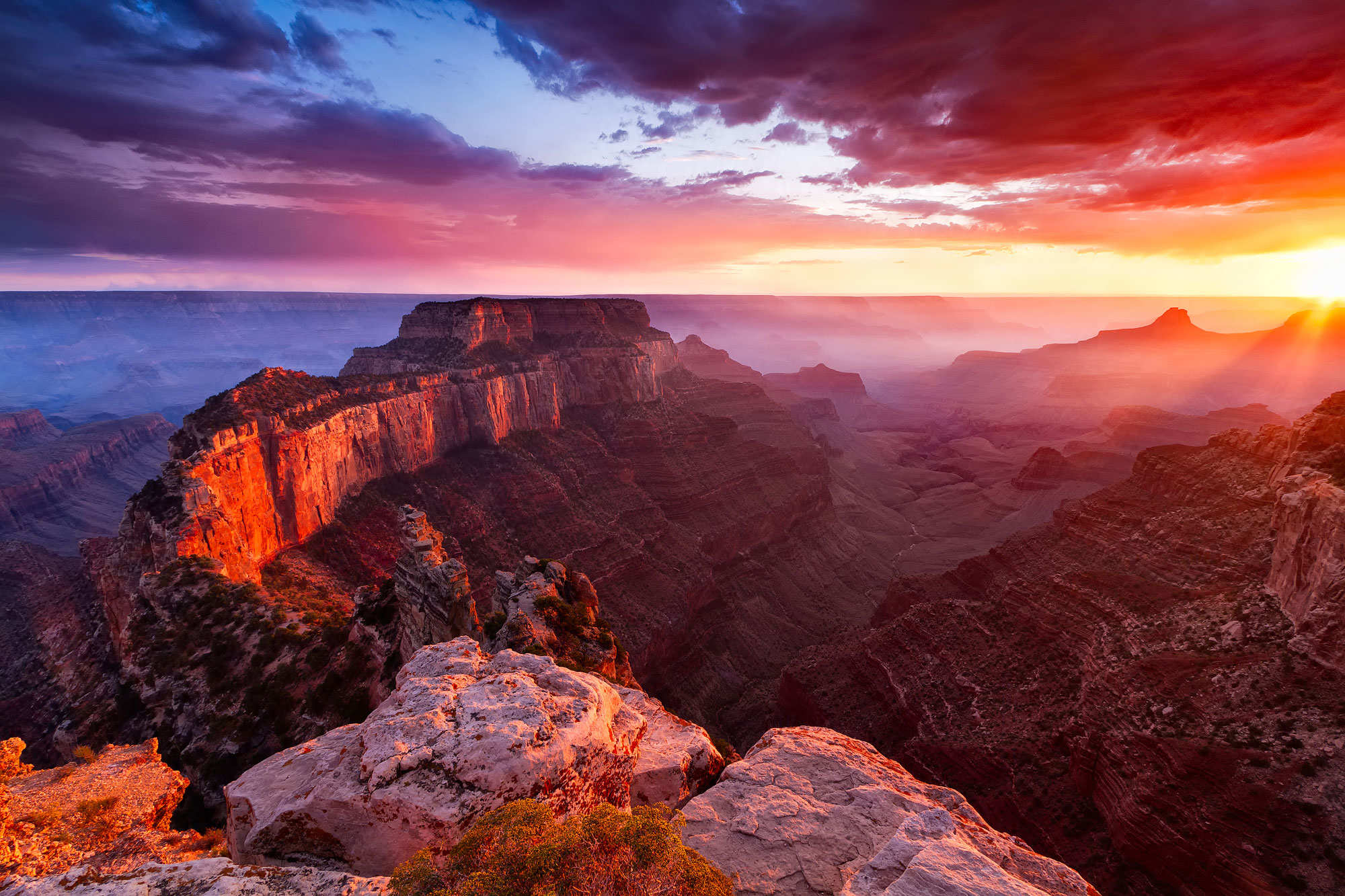Solstices And Equinoxes
Solstices At two points throughout the year, the tilt of the Earth’s axis reaches its maximum angle compared to the Sun, and begins to move back the other direction. This usually happens around June 21st and December 21st. These days are known as solstices. On these solstices, the rays of the Sun shine directly on […]
